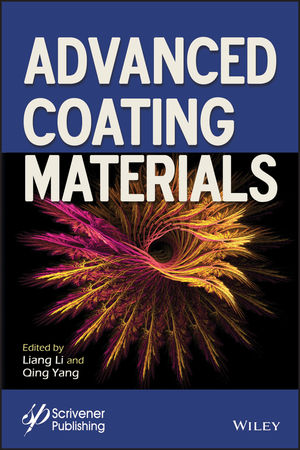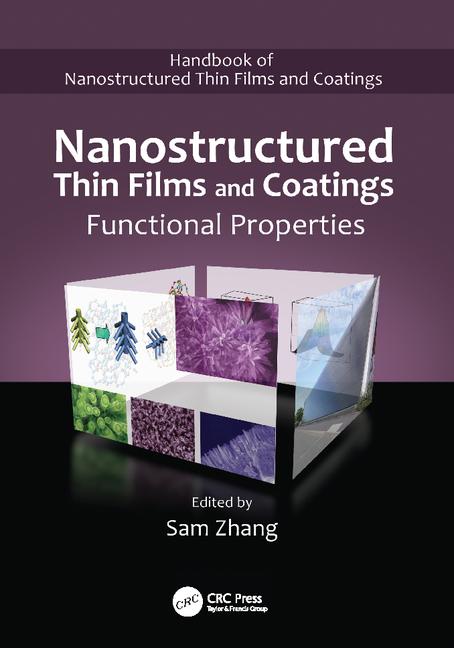DSM Joins Solar Energy Research Alliance

URMOND, The Netherlands – Material sciences company Royal DSM has joined the Solliance CIGS Research program. The company has signed a three-year agreement to participate in an alliance that focuses on developing new solutions for solar modules. DSM is already developing proprietary materials for the solar industry to increase module efficiencies, which will lower the cost of the energy produced.
Solliance is an alliance for research and development in the field of thin-film photovoltaic solar energy (PV) in the ELAT-region (Eindhoven-Leuven-Aachen triangle). The alliance focuses on fundamental research in materials science at universities and research institutes, the development of high-throughput production technology, design of high-precision production equipment, and testing and monitoring of devices and systems. The key aim is to improve the efficiency of these energy-capturing technologies and demonstrate their manufacture on a semi-industrial scale. At the same time it emphasizes sustainable production technologies and the use of sustainable materials.
Solliance’s research in the field of CIGS (copper-indium/gallium-diselenide/sulfide) ranges from fundamentals of materials composition to details of production technologies. In the lab, research has reached a yield of about 20% efficiency, but in mass production, this figure is still elusive. As a substrate, all types of materials, both flexible (like metals and plastics) and non-flexible (like glass) are being investigated. Solliance aims to achieve major results in development of sophisticated materials and deposition methods with better reproducibility and uniformity, lower process temperatures, roll-to-roll production, development of non-vacuum processing, scaling up and fully printed cells, and process control and standardization.
DSM will contribute its expertise in the field of textured surfaces (light-trapping technology) through its DSM Advanced Surfaces emerging business area. By applying DSM’s proprietary light-trapping foils, it is expected that the efficiency of CIGS modules can be increased while simplifying the construction of the CIGS modules and reducing the thickness of the active layer. This will increase the output and reduce the cost of the modules and therefore the cost of the energy produced.
Looking for a reprint of this article?
From high-res PDFs to custom plaques, order your copy today!







